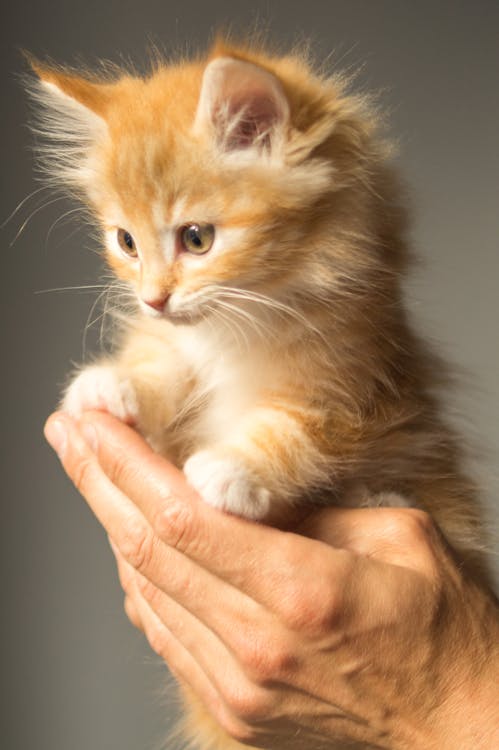Have you ever noticed how easy it is for organizations to fall in love with their own ideas? It doesn’t take much:…a statement by the right leader…forming a committee…a technological gizmo…a line item in an annual plan…beginning to spend money………..and ta-da it becomes a self-fulfilling prophecy that perpetuates, grows, consuming more and more energy, resources….and causing everyone to become even more committed because “we’ve already sunk so much effort into it…we can’t possibly stop now!” The saddest part, however, is that this cycle often creates tunnel-vision in leadership, blinding them to potentially fatal flaws of the idea, or better alternatives.

I’ve now seen this phenomenon so many times that I’ve named it the “kitten principle.” It’s simple, and based on my experience with my own children who love animals – “the longer they hold the kitten (or any animal, for that matter), the more exponential the chance we’ll take it home.” Can you relate?
So how do you avoid “taking it home?” Here are a few principles that I’ve seen work:
- Have lots of ideas – resist the temptation of falling in love with an idea by forcing yourself to come up with a lot of them, keeping a lot of possibilities open for consideration as long as possible. It’s a proven fact that great ideation is fueled by quantity, not quality. It takes courage to allow for sufficient divergence, and not prematurely push for convergence.
- Root ideas in need – ideas typically come to life when they’re rooted in first-hand interaction and experience with people who’ve “been there, done that” and felt the need “in their own skin” (immersive empathy). The ideas are colorful, tangible, have names, faces and emotions attached to them. Resist the urge to imagine, abstract, or conceptualize in areas where you haven’t taken time to really understand or experience.
- Expose ideas early – as illustrated by the “kitten principle,” a key problem is the length of time “holding the idea.” Therefore, one of the most powerful things you can do is to show a “rough idea” to a potential “user/customer” early…before its fully formed…while it still has lots of holes…while you’re still embarrassed about it. You’ll get invaluable feedback, your next idea will be much better, and you’ll be a lot less defensive then if you coddle it longer.
So, where do you need to stop petting your favorite kitten? Do you see signs that you may be falling in love with your own ideas? What courageous step do you need to take to step outside your own box?
www.pexels.com





Love the idea of putting a name on this phenomenon! The biggest opportunity I see is ‘rooting the idea in real customer need’. Often organizations, say that they are ‘sure the customer will be interested in that!’ Just a short exposure (your 3rd point) would help them understand that their kitten might actually be a baby skunk!